Our plan for our three full days in Mito was concocted last night on the basis of the weather forecast, which was for a grey, inclement Tuesday (today), and mostly sunny for Wednesday and Thursday. In other words, our two big outdoor sights would not be today, making today Kōdōkan Hall, Mito Museum of Modern Art, and the Art Tower Mito complex.
Mito
First, though, some background. Mito has a long history going back to at least 4th century CE, but for our purposes I’m starting with Tokugawa Ieyasu’s taking the 12th century-built Mito Castle in 1603. We have come across Ieyasu before in our various Japanese travels, as he founded the Tokugawa Shogunate which ruled Japan from 1600 until the Meiji Restoration in 1868. His son Tokugawa Yorifusa was given Mito Castle, and it was his third son, Tokugawa Mitsukuni (or Mito Kōmon), who featured in the statue in yesterday’s pics. He instigated the compilation of the Dai Nihon-shi, a history of Japan, and inspired the Mito School/Mitology/Mitogaku, a Confucian school of thought which combined Japanese classics, Shintoism and Western learning. Without going into details – you can research it yourselves – it’s argued that they focused on the importance of taking a broad, national view of issues, rather than a feudal one. Mitology, says Mito city, played an important role in the Meiji Restoration and thus the formation of modern Japan. (One person described Mitogaku as providing “the psychological support for the Meiji Restoration”.) Not surprisingly, Mito prides itself on taking learning and education seriously.
Mitogaku
So, now, our day. It rained overnight, but the morning dawned dry albeit cloudy and damp feeling. We decided it was time to get walking, just in case the rain came later. It just so happened that during yesterday’s Mito reconnaissance, we noticed a street map for what looked like a walking tour. It wasn’t mentioned in any of the Japanese tourist sites for Mito, nor could l find any website for it, so we decided to wing it. As it turned out, the walk, which focused on the Mito Castle ruins and Kōdōkan, was very well signposted (in English and Japanese). Most of it followed a road Mito now calls Mitogaku. The road is home to many educational institutions, and was named Mitogaku in 2018, on the 150th anniversary of the Meiji Restoration. Most (all?) of this road is identified by its red surface.
We really enjoyed the walk which took us past some historic gates; statues of men (of course) who are significant to this history; the sole remnant of the Mito Castle (the Yakui-mon gate); a shrine; and Kōdōkan. It didn’t rain, and the temperature was really mild.
Kōdōkan
A major stop along this walk is Kōdōkan (which was described in one sign as “the origin of academics and decorum”!) It was founded in 1841 by Nariaki Tokugawa, the 9th lord. It educated feudal warriors (or, as our personal volunteer guide said, samurai) and their children. It was more like a university than a school, as we know them, and covered humanities, social science and natural science. Because its focus was lifelong learning, there was no graduation, and young and old studied together. The school was closed in 1872, not long after the establishment of the new Meiji government.
We were shown the main building – the President’s house – by a Japanese volunteer guide who had enough English to name the functions of the various rooms, including the bathroom with its clever drainage groove. It’s a beautiful beautiful building comprising multiple (mostly) large tatami mat rooms with those wonderful Japanese sliding doors and windows that make these rooms so flexible, as well as climate efficient.
Among various exhibits on display are a water-pump inspired by Dutch principles (our guide told us), some art works that he had trouble explaining, and an old edition of the Dai Nihon-shi.
But, Kōdōkan is also famous for its grounds. Nariaki Tokugawa loved Japanese plums (ume). Not only are their blossoms beautiful, but, the brochure says, pickled plums make great emergency food for military operations and famines! He had many plum trees planted. Today, there are 800 on the property. (There are also some sarusuberi or crape myrtles, which appealed to us!)
There’s also a shrine in the grounds, the Kashima Shrine, whose deity is Takemikazuchi-no-mikoto, the god of war. Near it is the Confucius Shrine, which we didn’t see but which of course commemorates studying. By placing them near each other, Nariaki expressed his ideal “to master both the arts of pen and sword”. Unfortunately, the original shrine was destroyed in an air-raid in 1945. The present shrine was re-constructed in 1974, a reconstruction that has its own significance.
Art Tower Mito
With the weather still holding, we stopped briefly for lunch in the city – Len having fried rice, and me a pork and ginger set lunch – before heading off to the Art Tower Mito. It’s an impressive arts complex that opened in 1990 during Mito’s centennial celebrations. It comprises a concert hall, theatre, contemporary art gallery (that was closed), and a 100-metre tall steel “landmark tower”. For the mathematicians among you, the tower’s design is based on the Boerdijk–Coxeter helix. (If this explanation doesn’t make sense to you, just look at the pretty picture below!) Arata Isozaki was the architect. (He apparently also designed MOCA in Los Angeles, and Bond University in Australia’s Gold Coast, among many other buildings.)
We found the buildings fascinating, though more bitsy than coherent outside, we thought. However, the huge foyer/hall, over which a large pipe organ presides, is a lovely space.
The Museum of Modern Art Ibaraki
And then it was our final sightseeing stop of the day, and to this, after walking our feet off, we decided to taxi. When I researched this museum – which has an English language option on its website – I loved reading that the museum was founded, in 1988, “in response to the wish of the people of Ibaraki for rich lives”. It is apparently working because they also say that “In recent years, due to the increase of the leisure hours and diverse life styles, the people of Japan show a strong tendency to seek richer and meaningful lives and the role of art museums in the society of life-long learning is greater than ever.” Go, art! Certainly, on this Tuesday afternoon, the museum was busy – not unpleasantly crowded by any means, but a good steady stream of people.
We decided to pay for the special exhibition as well as the permanent exhibition, and I think it was worth it, despite there being no English interpretation. All we could read on the labels were the dates. However, the exhibition title gave us a bit of a hint, “Yearning for Europe, Yumeji Takehisa”. Takehisa (1884-1934), says Wikipedia, painted in the Nihonga style, which you may remember is the style of the exhibition we saw in Matsumoto. Len and I discussed it, in fact, while we were looking at Takehisa’s work. Not that we are in any way experts on Nihonga!
Anyhow, even though we couldn’t read the labels, or the information panels, we could work out quite a bit about him. Indeed, it tested our art-viewing abilities because we had to rely on what we saw to make up our own story about him! It helped that the exhibition was chronological. It was interesting seeing some of his very early works from the early 1900s. They were quite primitive in technique but seemed to show an interest in what he saw, rather than in what was traditional to paint.
Some of the things I or we noticed or liked were:
- the preponderance of a particular facial type for many of his more traditional Japanese women paintings: these would, I’d say, be the Nihonga paintings.
- the mix of very Japanese pictures versus quite Western ones (showing figures in more relaxed, less formal poses).
- the sketches from his European travels (around 1931-1933), which were fascinating, partly for showing what a Japanese person travelling to Europe found interesting.
- the nudes (as I really haven’t seen many Japanese nudes, but then again, I haven’t seen a lot of Japanese art, particularly what I’d call representational art.)
- a rather pale picture of a woman drinking from a long glass, set in a frame with a wide border made of printed fabric featuring hot air balloons!
- a couple of works featuring Christian topics, including a little crucifixion – how at home we felt suddenly coming across recognisable iconography!
We also checked out the permanent exhibition, but, while some of the traditional Japanese paintings were lovely – Fuji, misty mountains, and so on – overall, these (including the more European style ones) were not as enjoyable or as interesting as the Takehisa exhibition. If you Google his name, and click on Images, you will get a very good sense of his work. No photos were allowed, except of the exhibition banner at the exhibition exit!
After this we walked back to our hotel, arriving around 4pm, having set off around 8.30am. It had been a long day. We ventured out later for a meal of, essentially, salad and yakitori, before returning to our room to rest our weary, weary feet. We have another day of walking tomorrow! Of course, eh?
Traps for young players (again)
A strange thing happened when I tried to book accommodation in Mito. It was the last place we booked because it was the last itinerary decision we made. That’s when the fun started. I had a hard time finding availability, and the prices seemed a little high. It didn’t really make sense, given Mito is not the first place on everyone’s lips – neither Japanese, to my knowledge, nor foreigners. However, eventually we settled for something, happy that at least we had somewhere to lay our heads.
Today, the penny dropped. All around the station are signs for the 2019 National Sports Festival of Japan – being held in Mito from 27 September until today 8 October! Would you believe!? In response to my earlier post on the Rugby World Cup, Lisa commented that she’d add checking out events and festivals when planning her future travel itineraries, which I agree is a good thing. I suspect, though, in many cases it’s probably easier said than done. Definitely worth doing what you can though!
And some Stills …
And some Movies …
Click here to view today’s video clips
Today’s Challenges …
- Coping with tourist maps on sign-boards, when, as you follow the route, the same map appears again, but with the main attractions renumbered. This means that the photo taken at the start is of no enduring use!! In addition, this same map can be north-south inverted from one version to the next, just to keep one’s spatial visualisation keen. (We’ve seen this before in Japan.)
- Visiting an art museum where there is only Kanji on the exhibit labels, and where our trusty Kanji reading software, Google Translate, isn’t available because iPhones and iPads are not permitted within the exhibits.

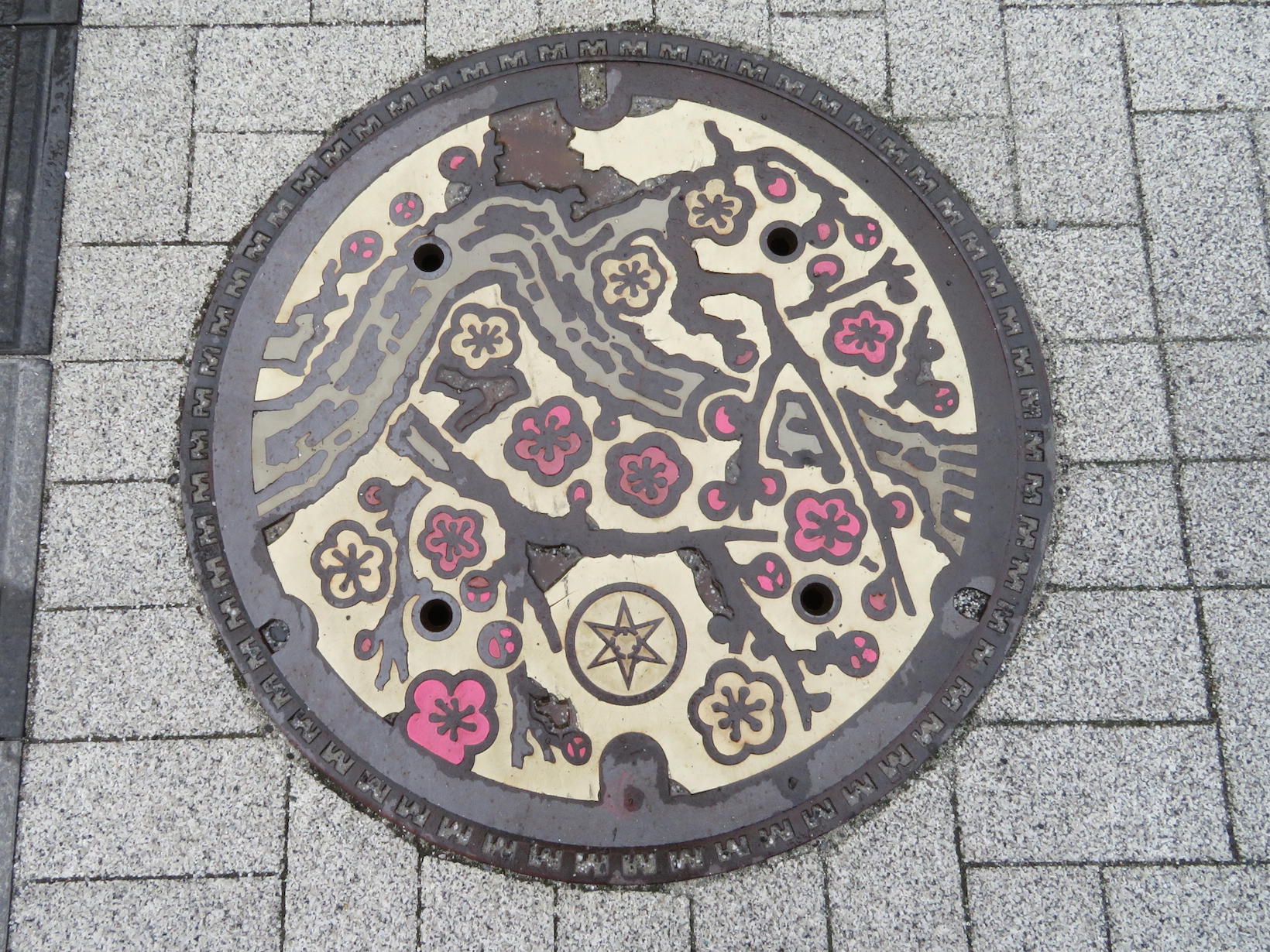
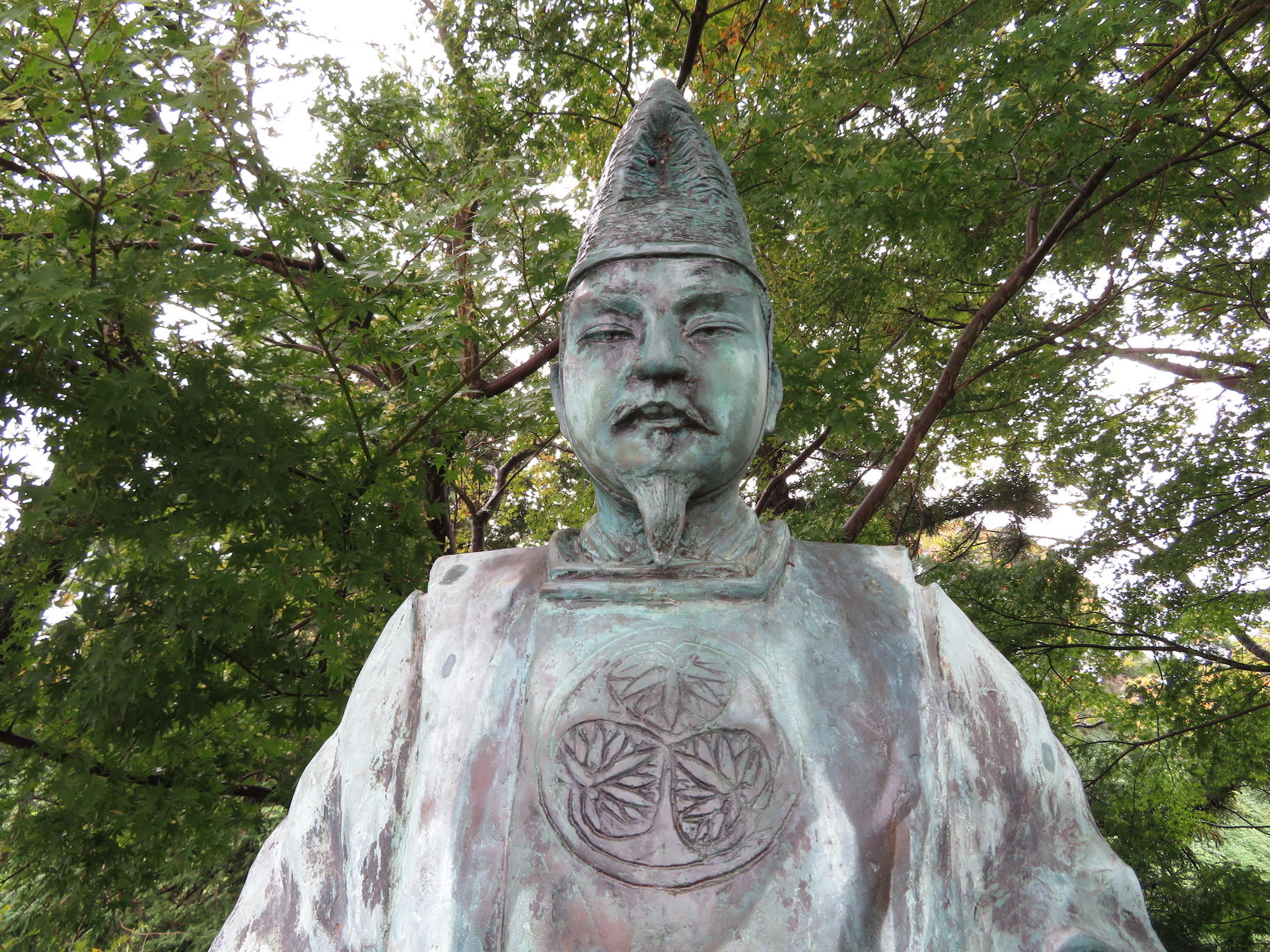
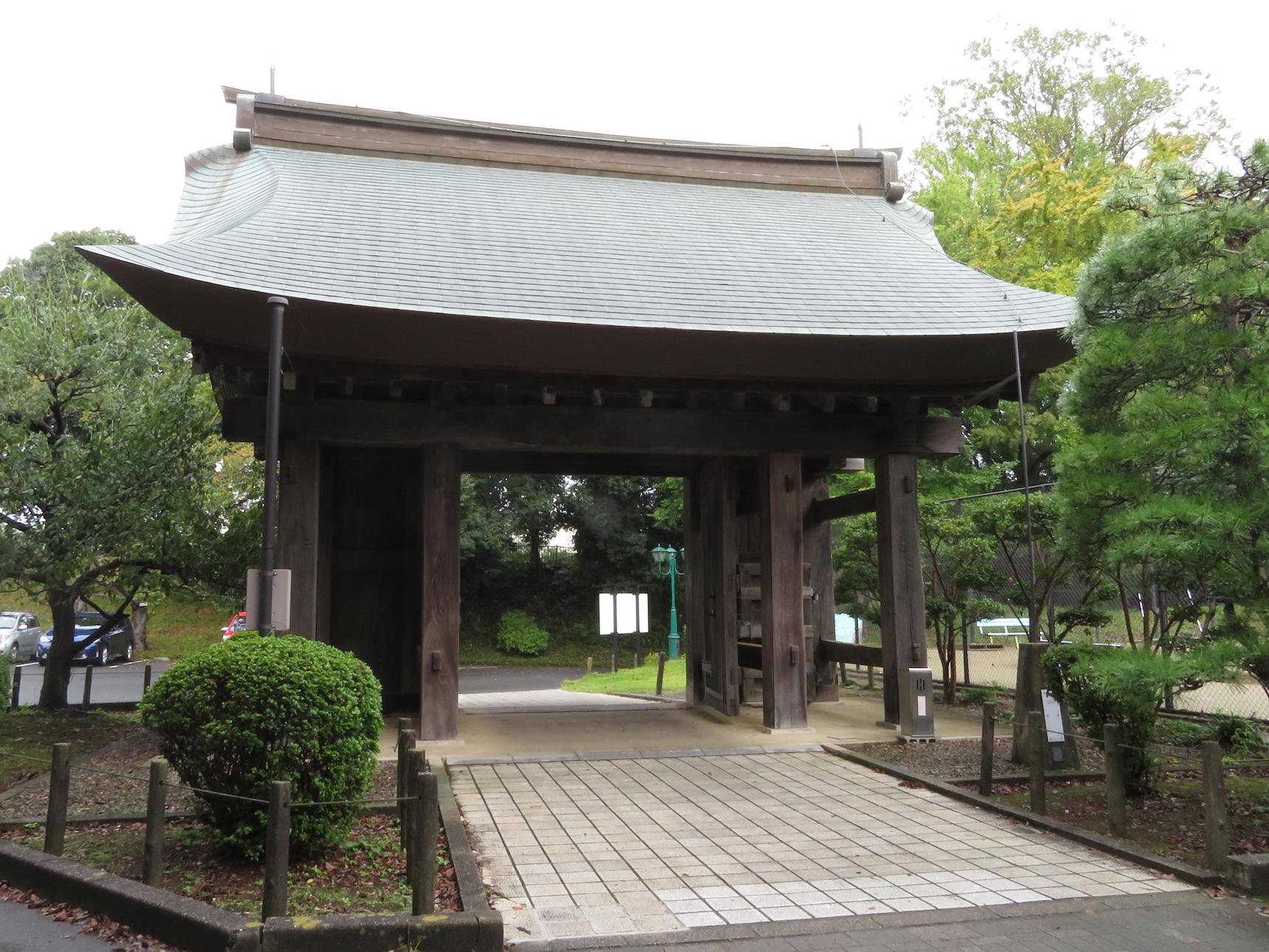
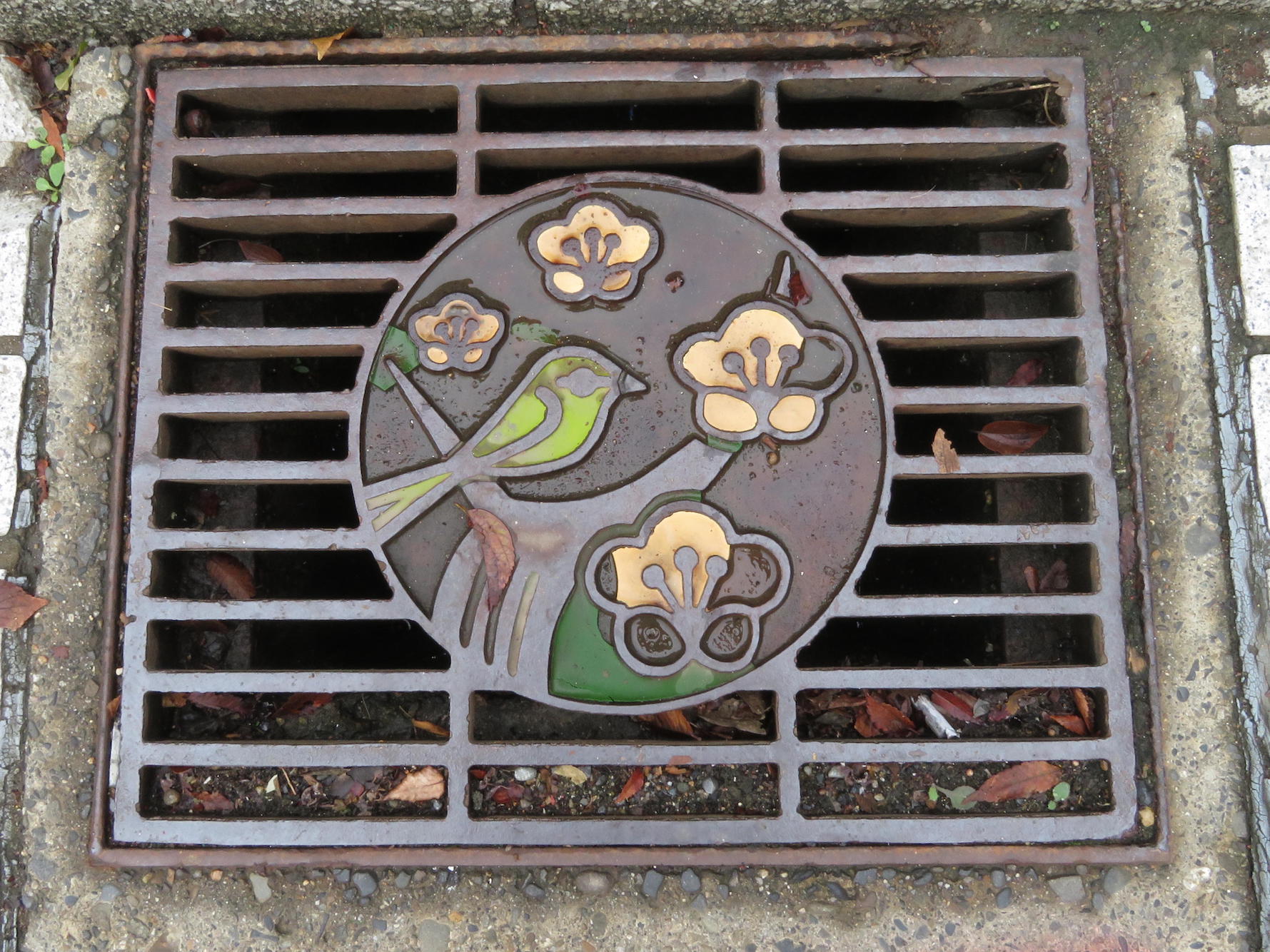

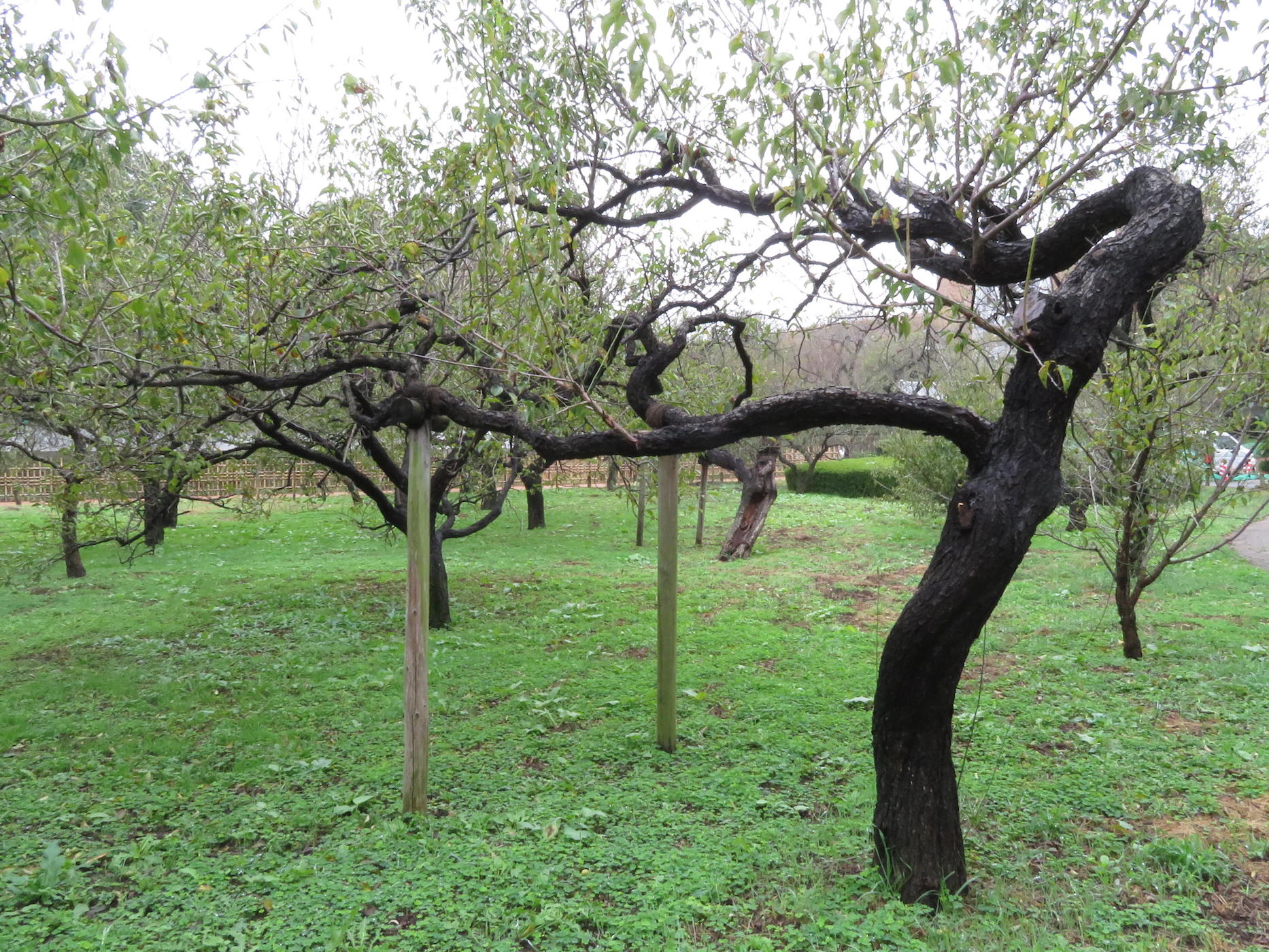
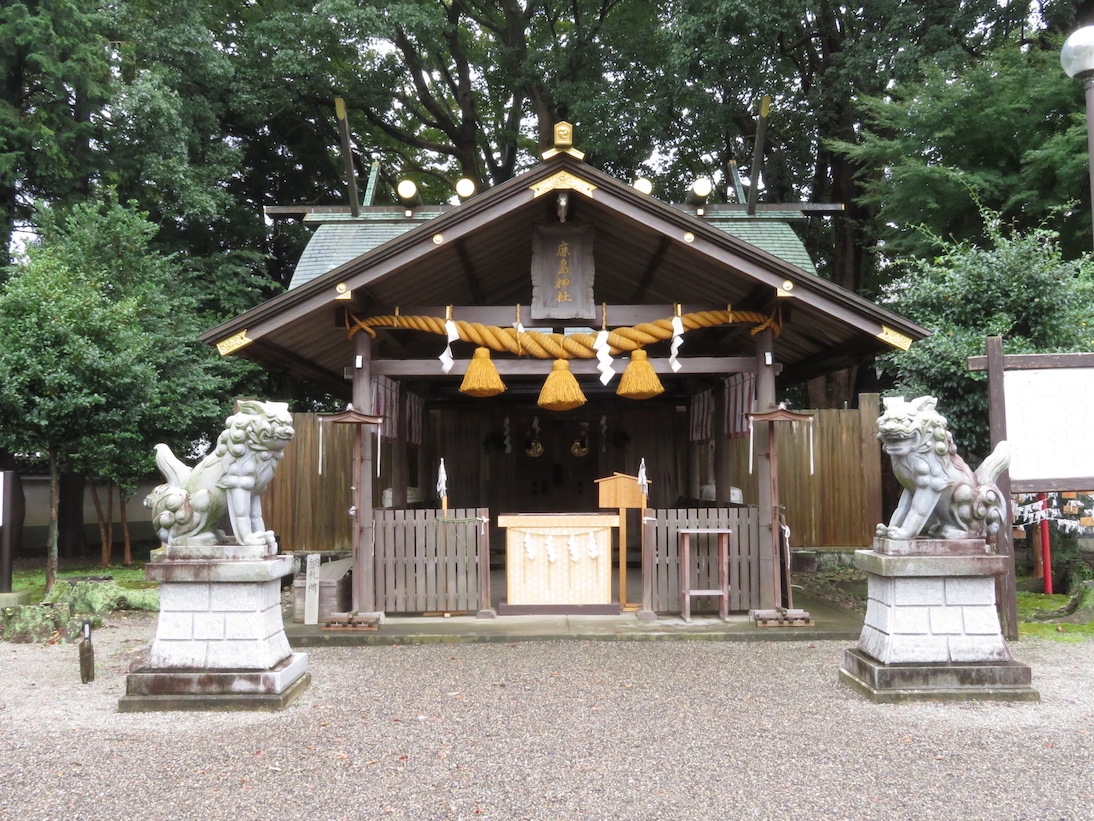
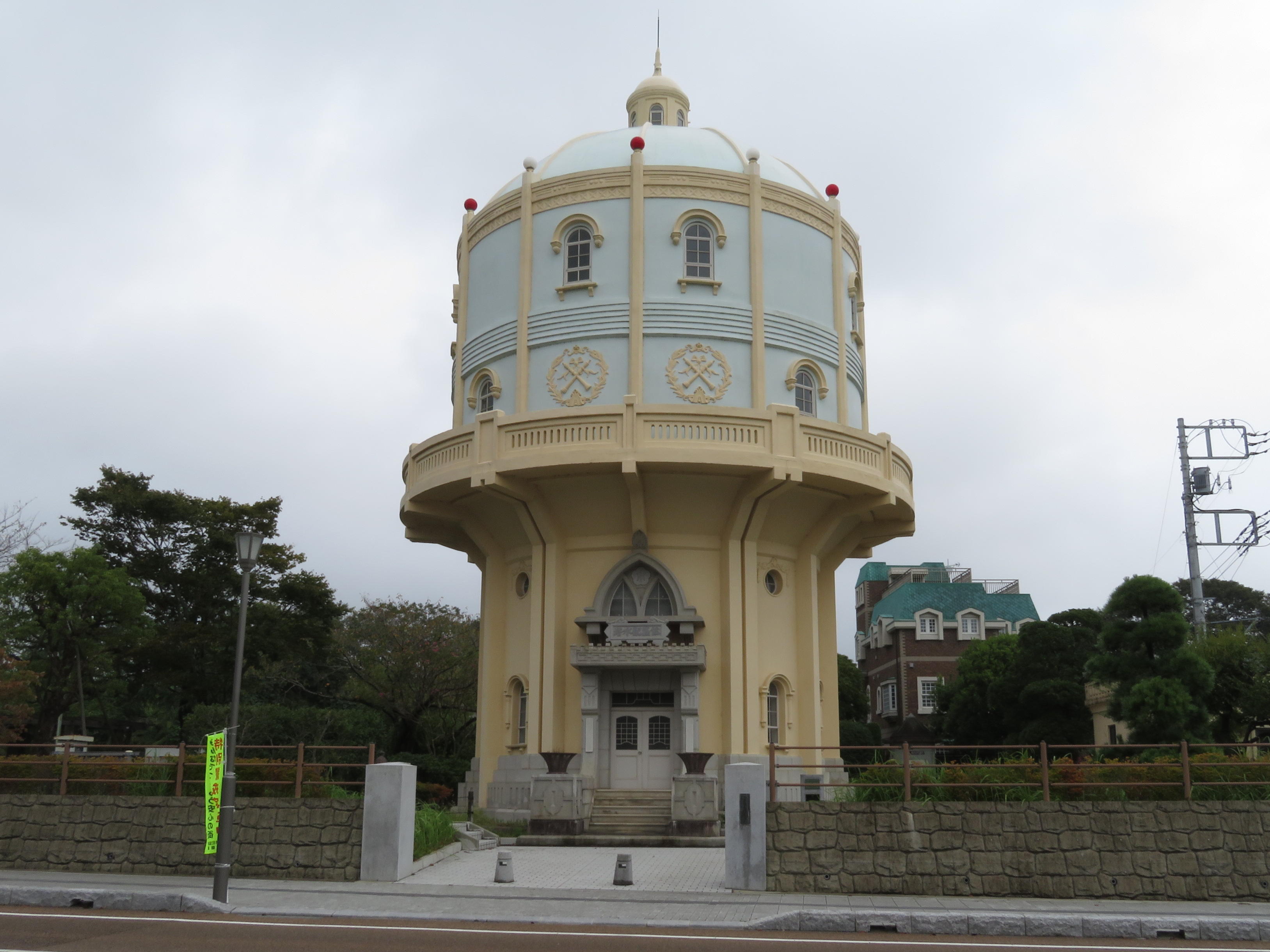
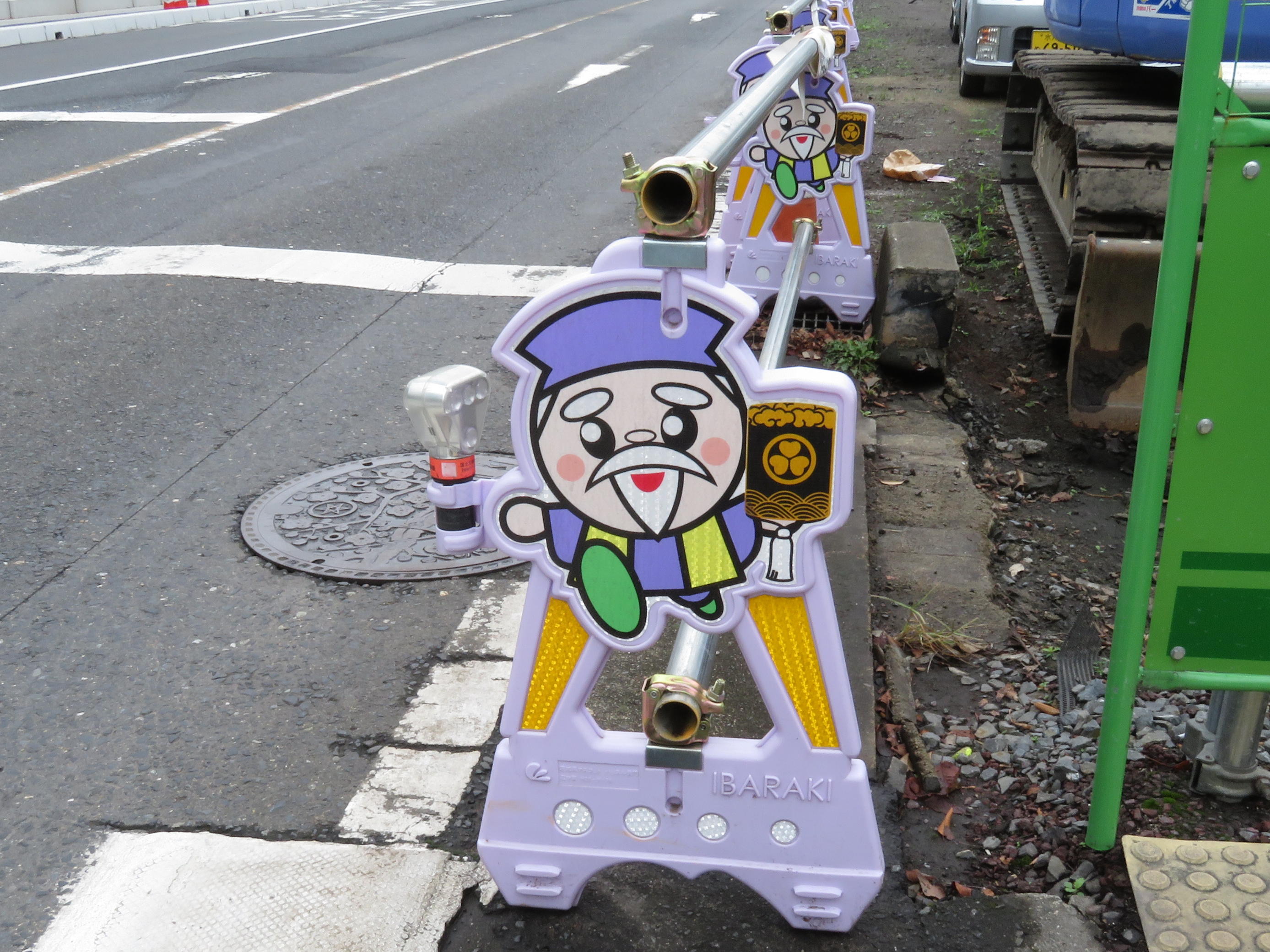
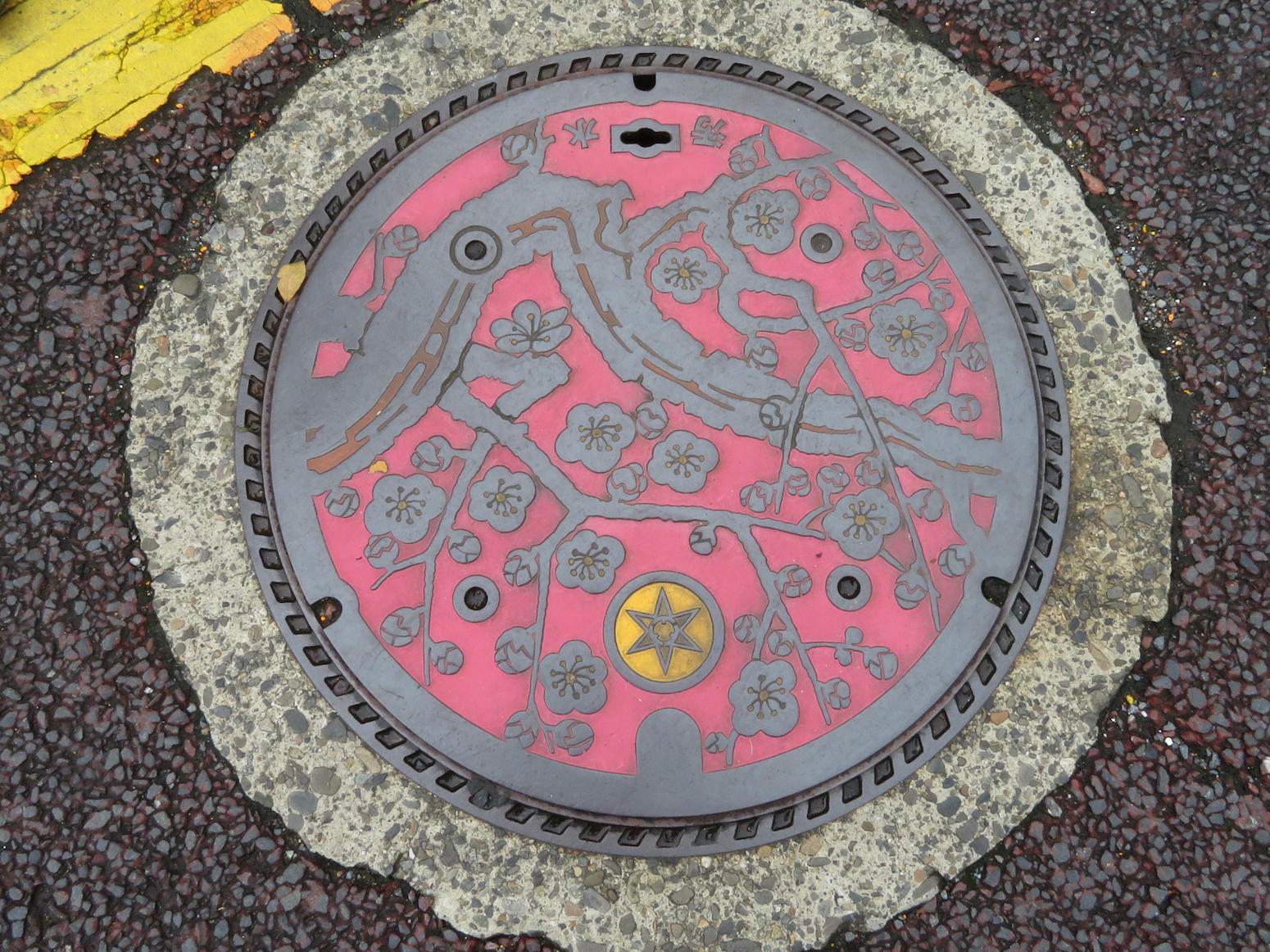


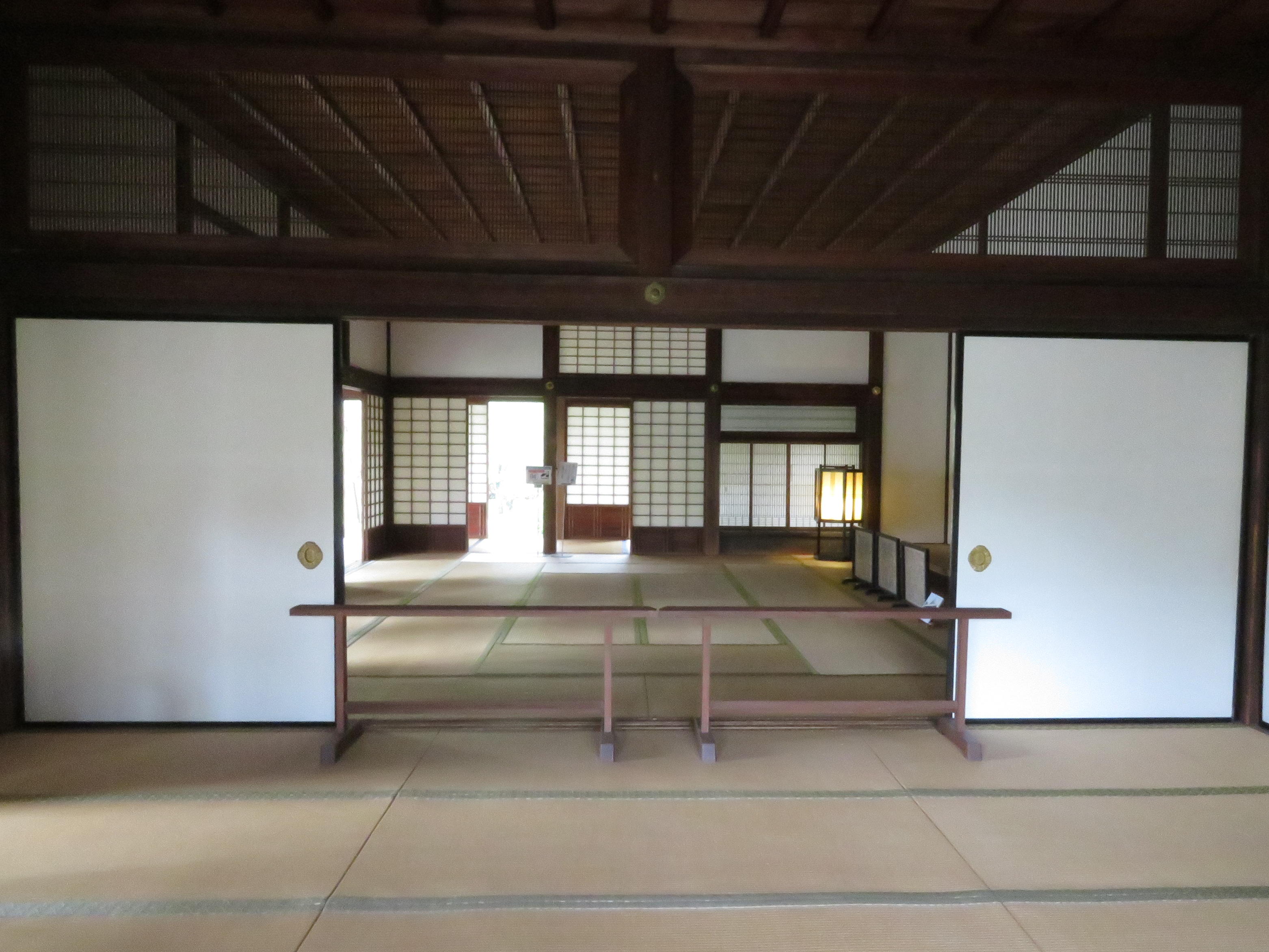
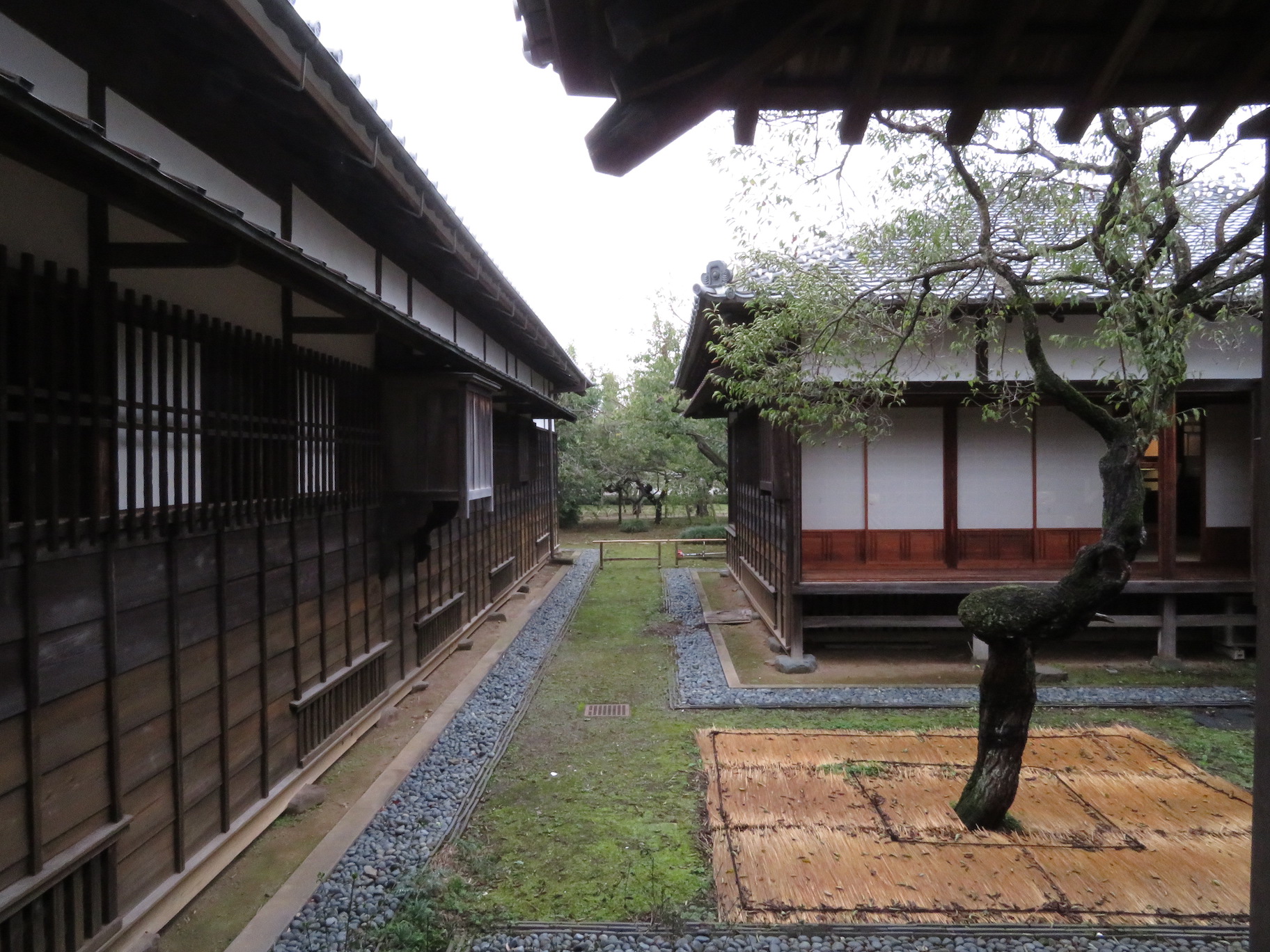
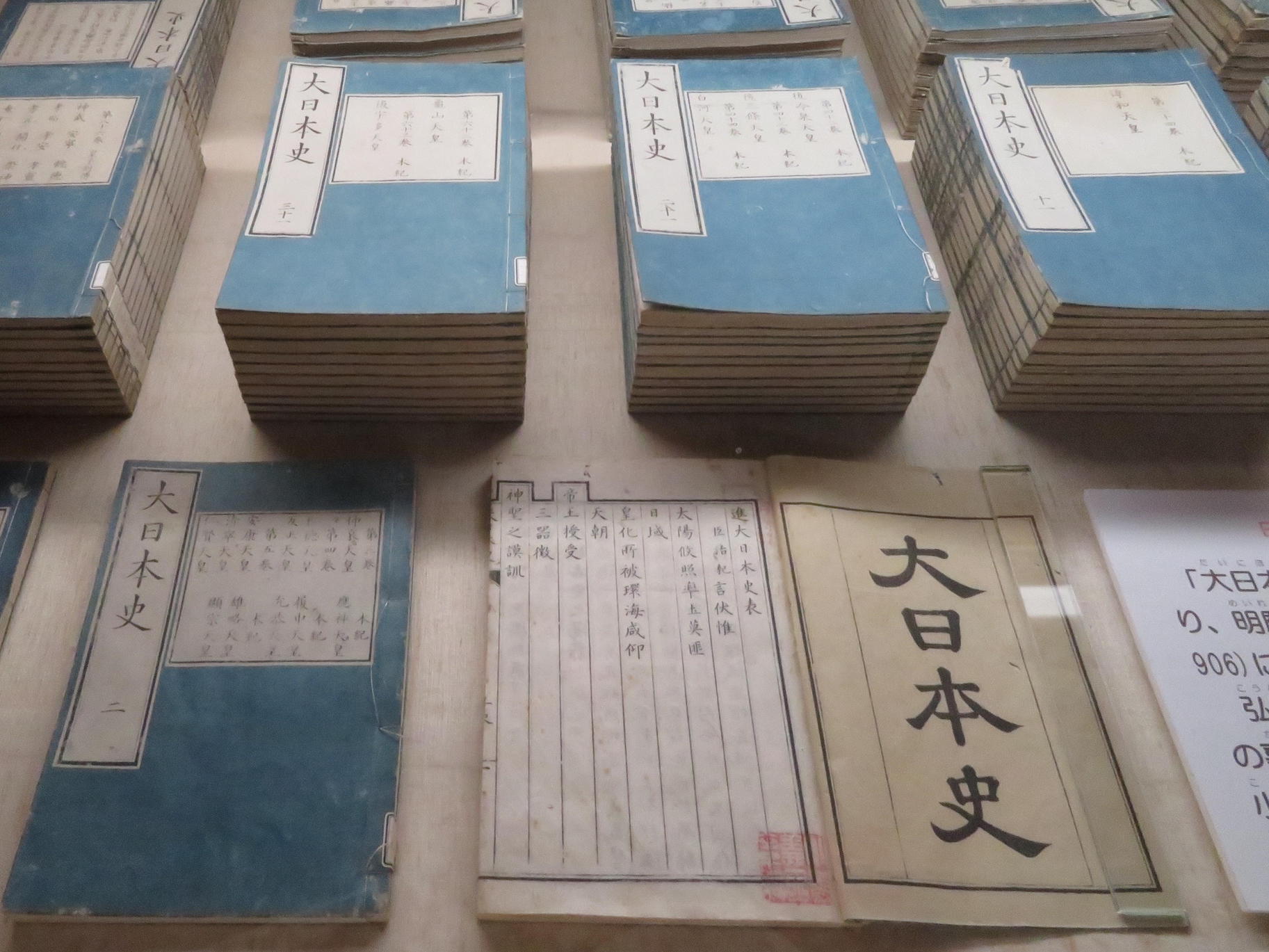
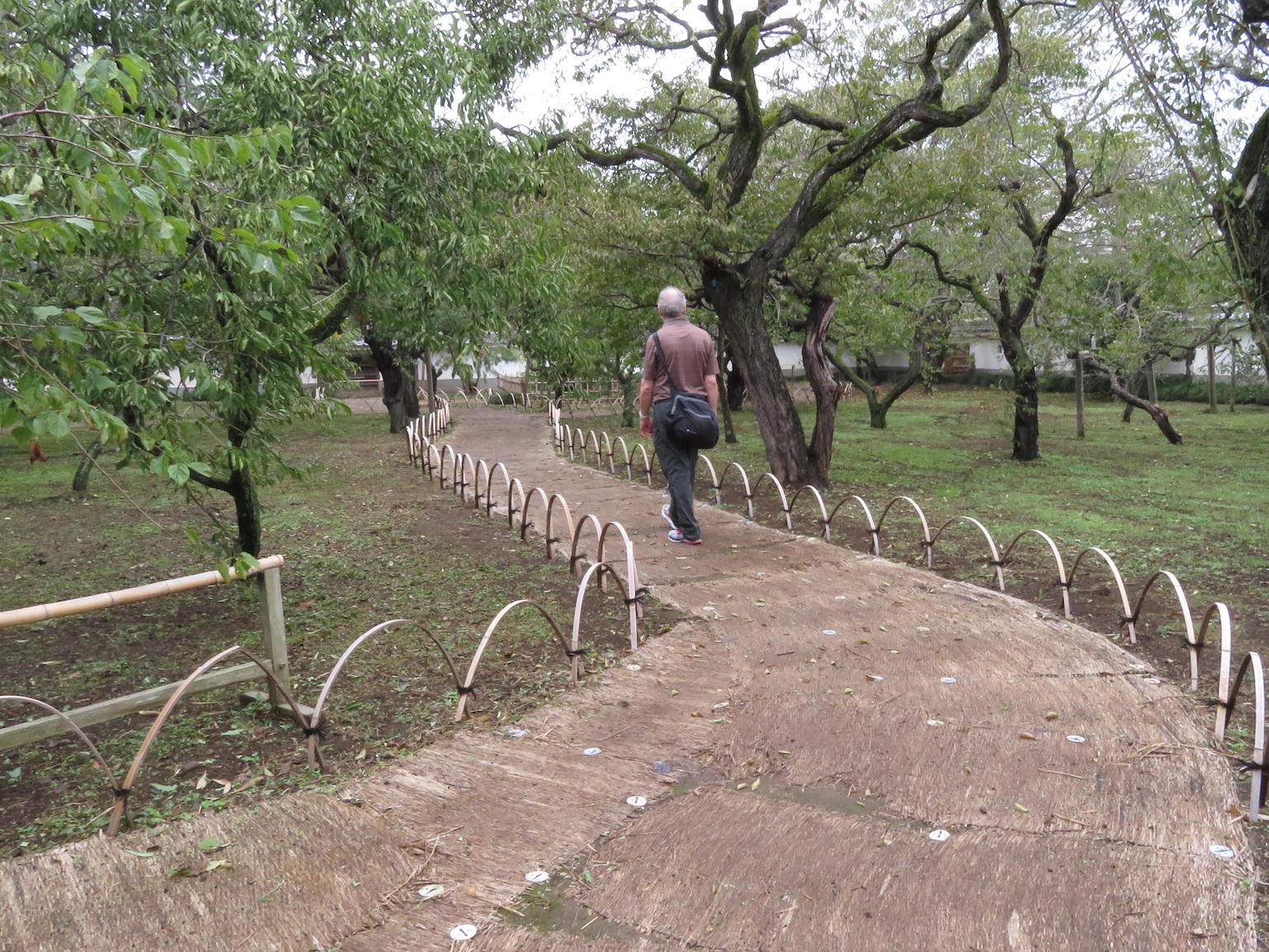
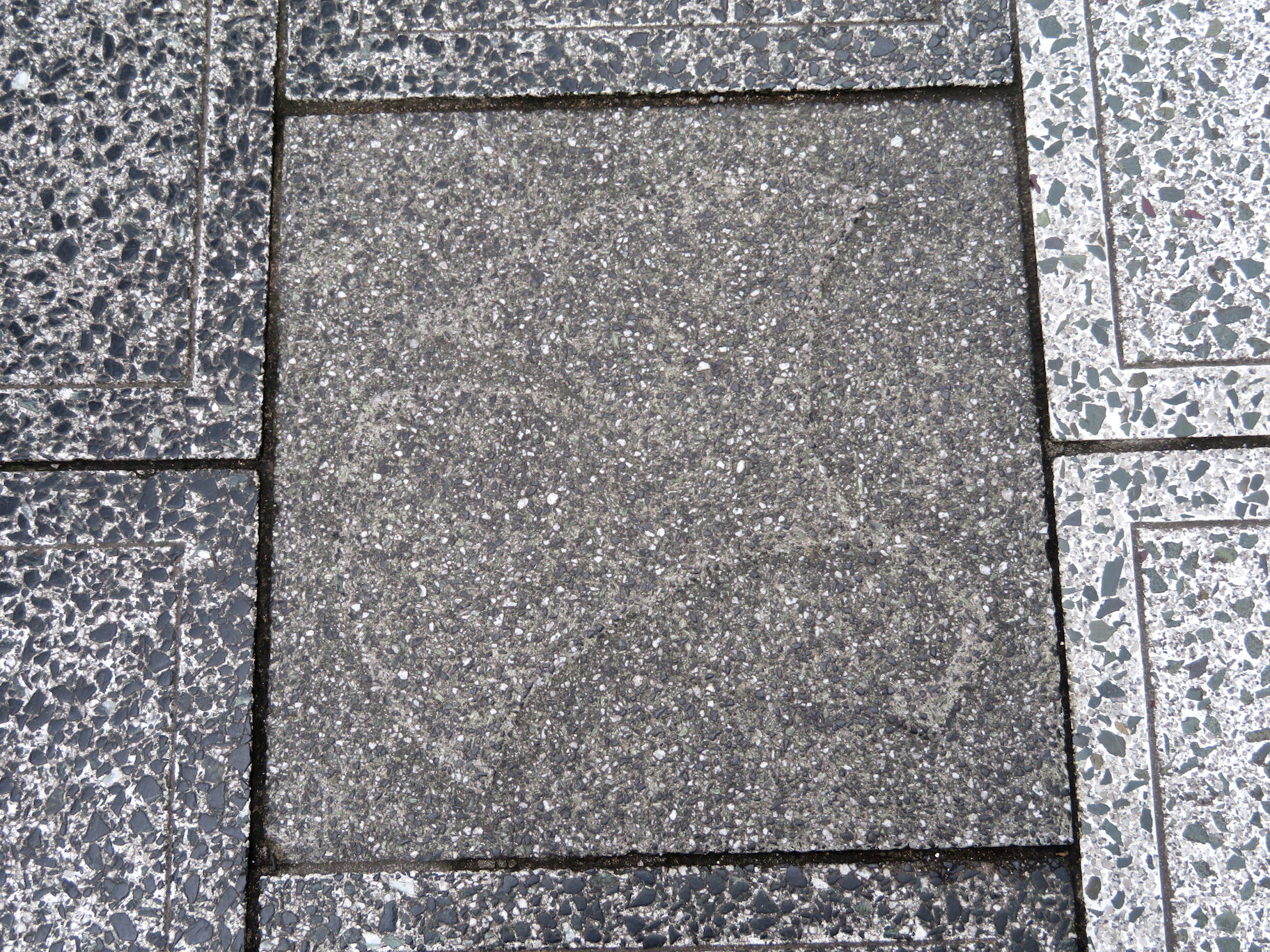
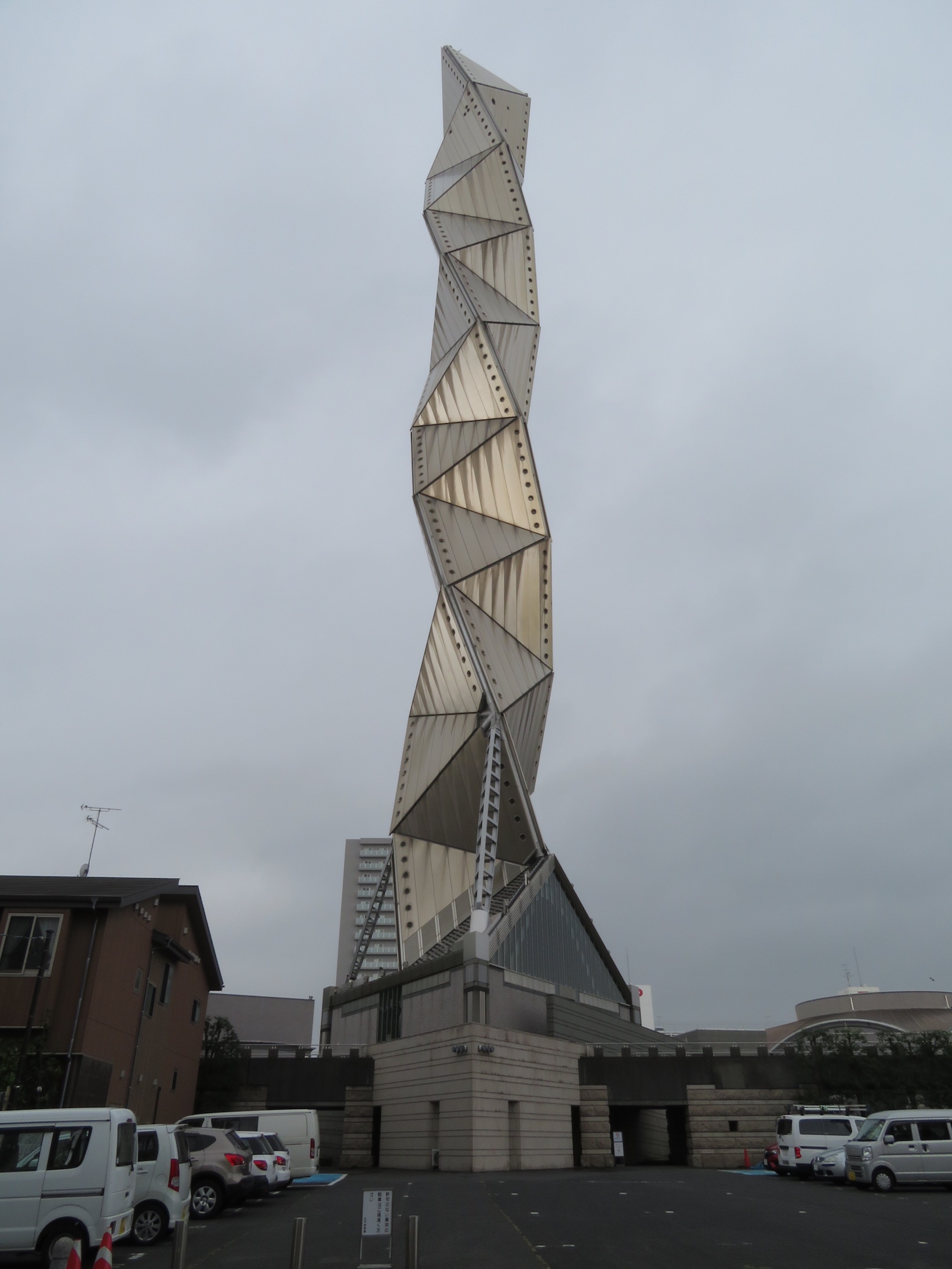
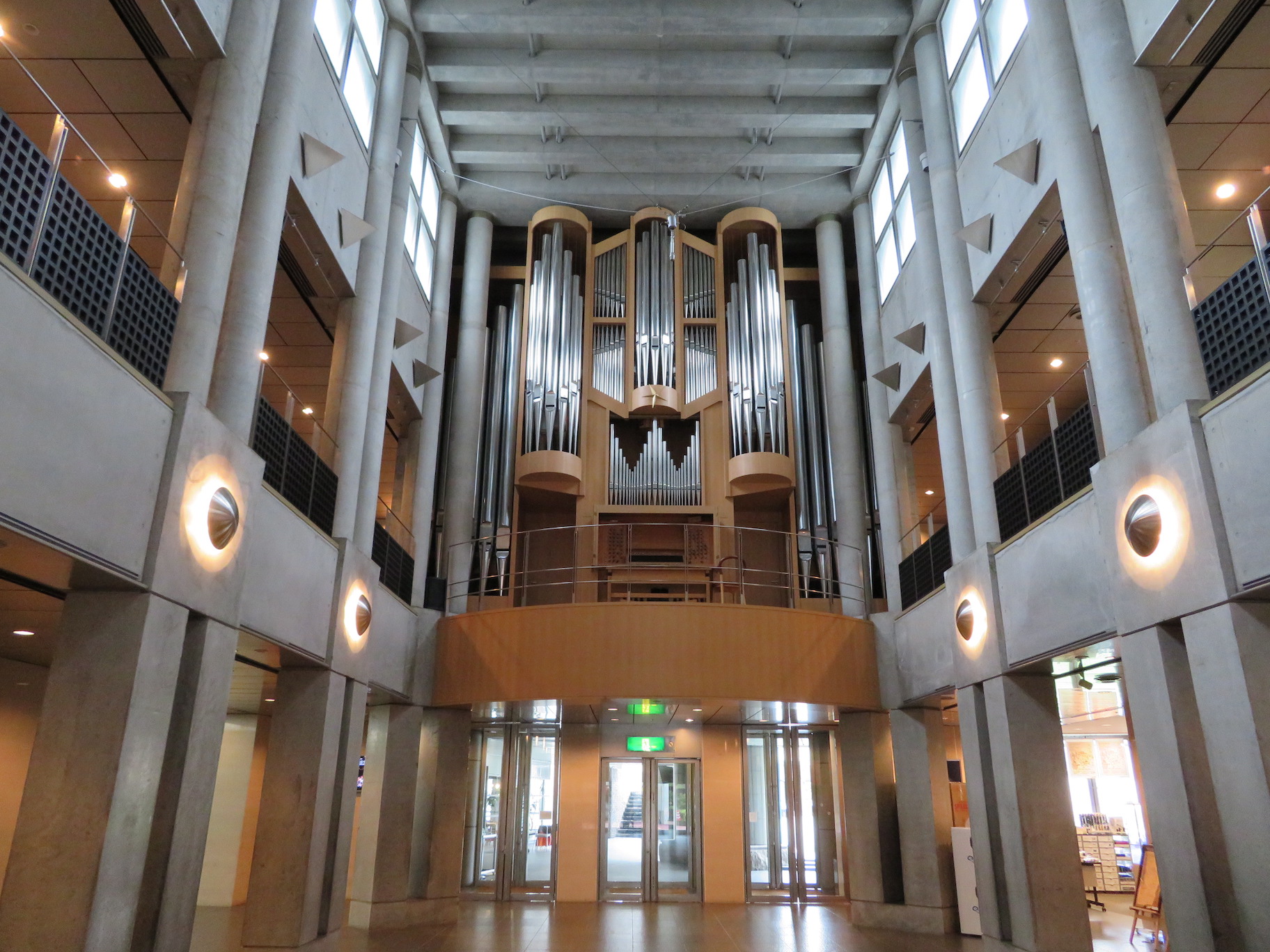
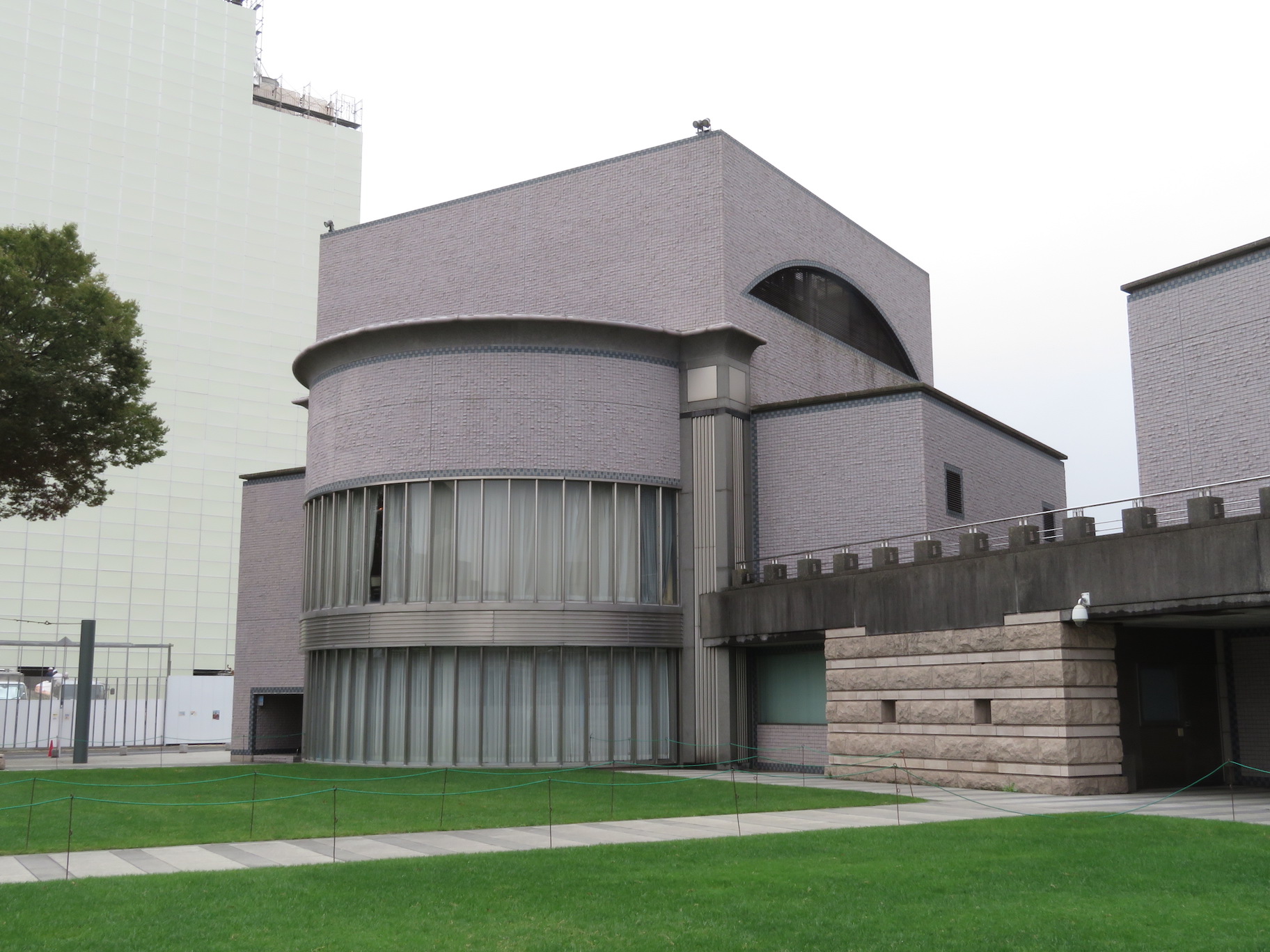
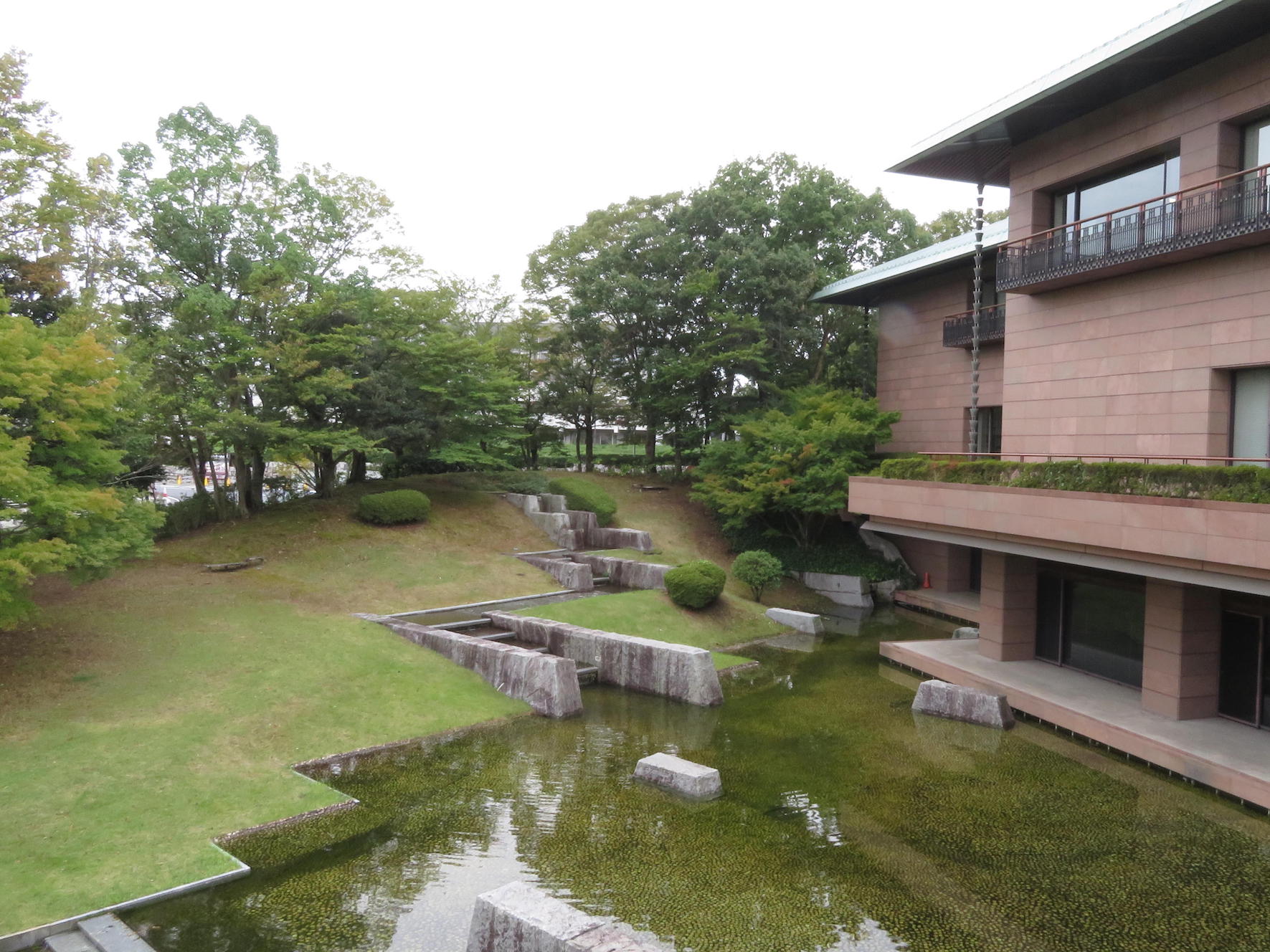

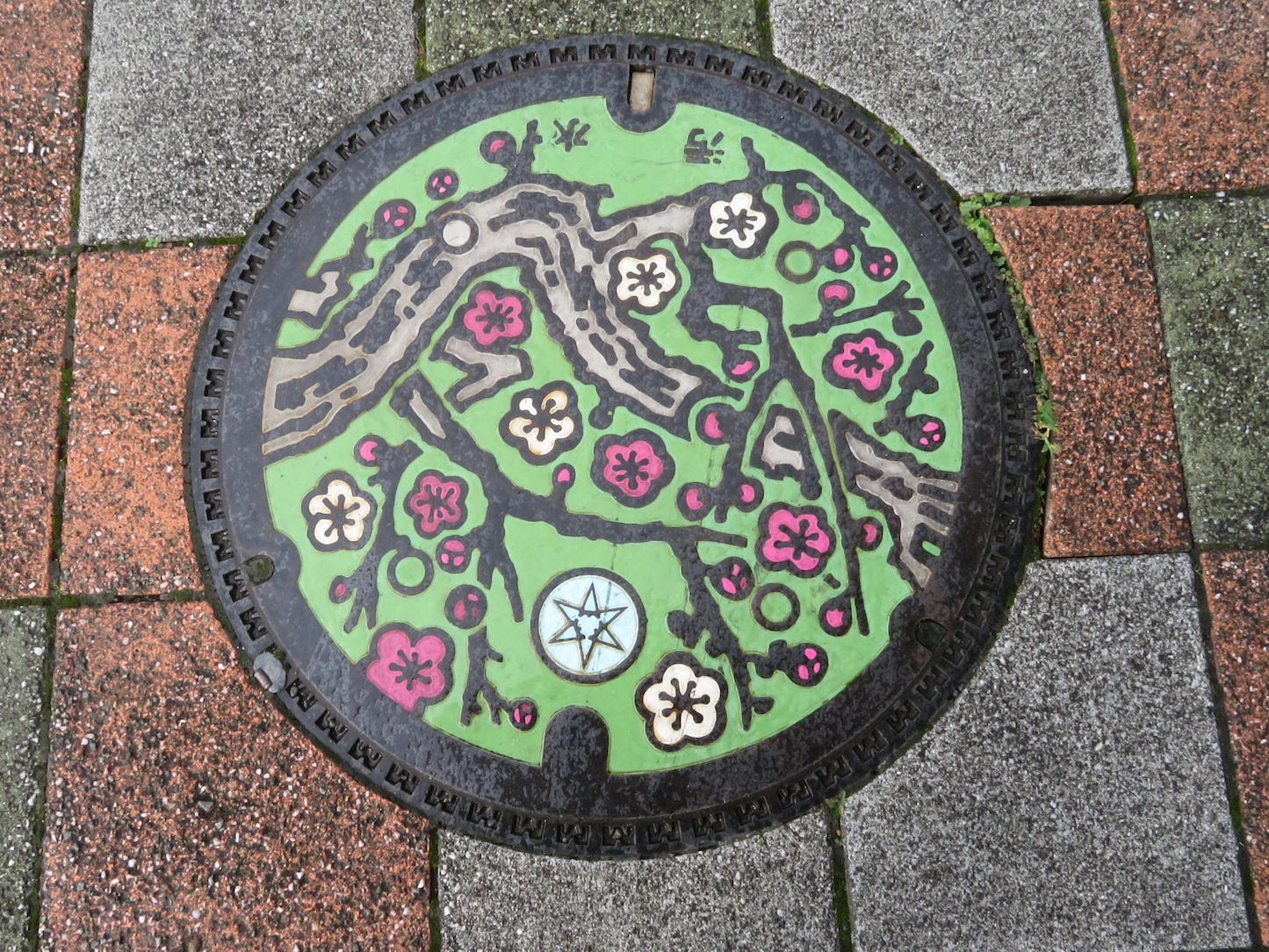
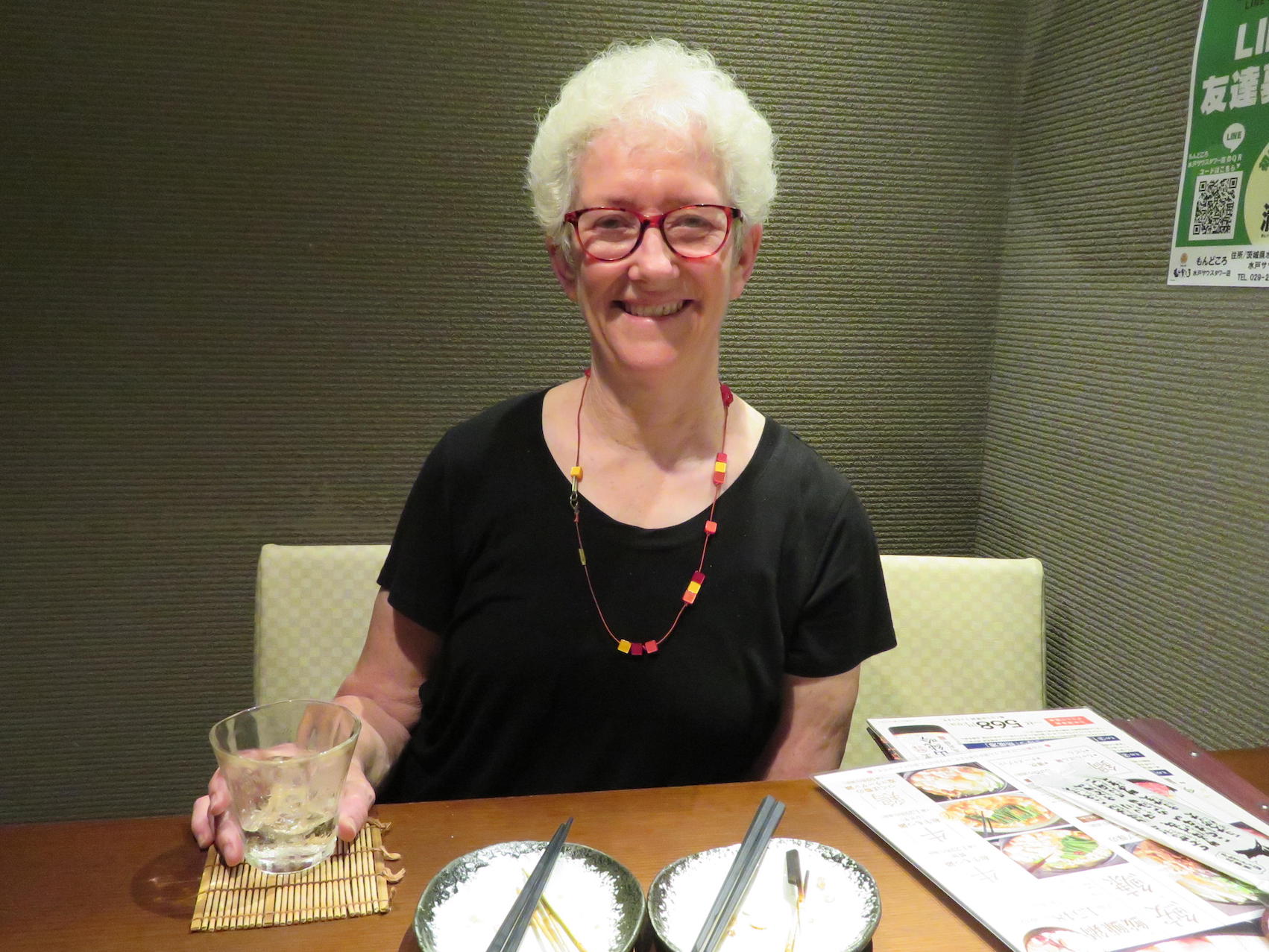

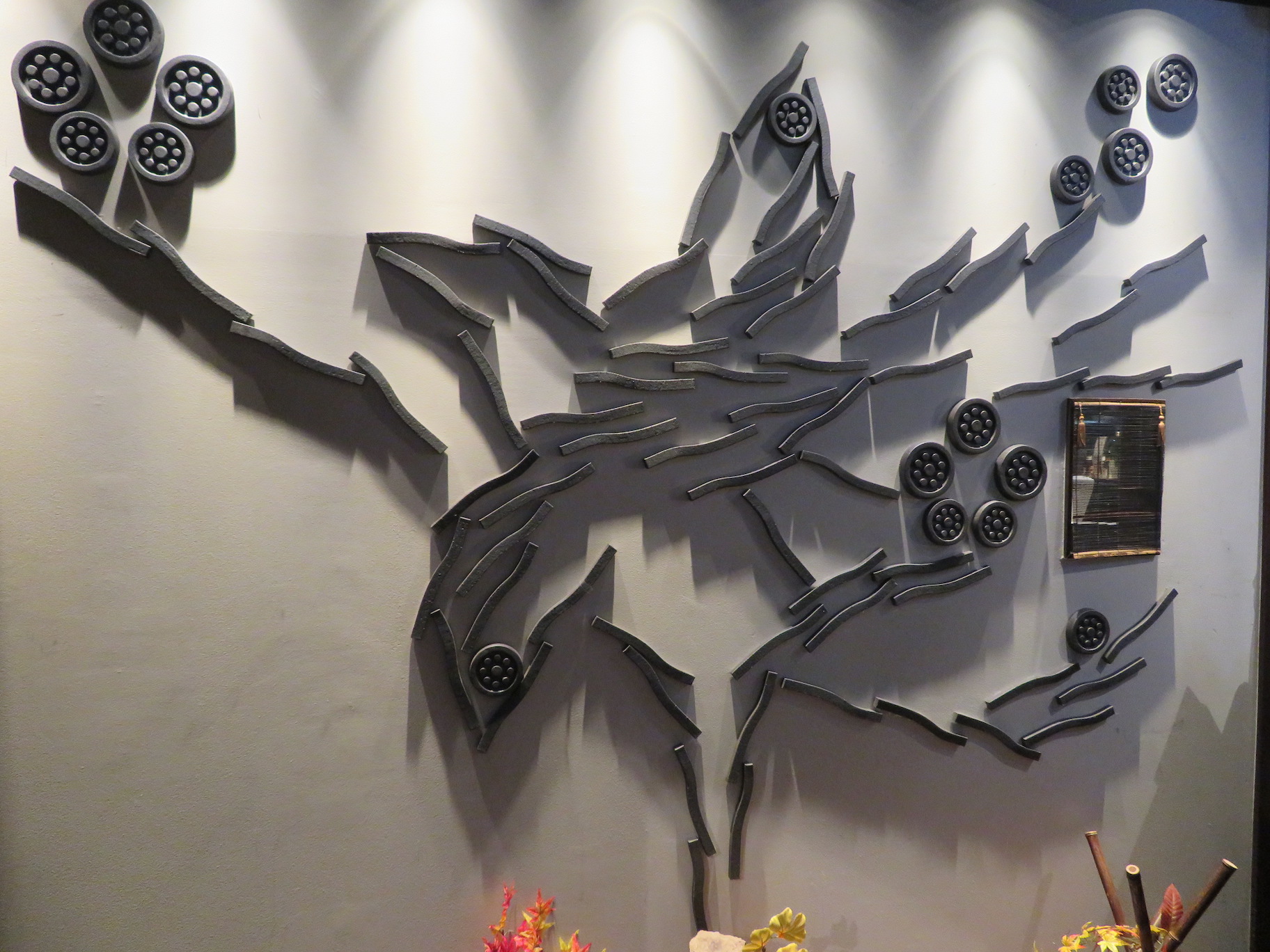
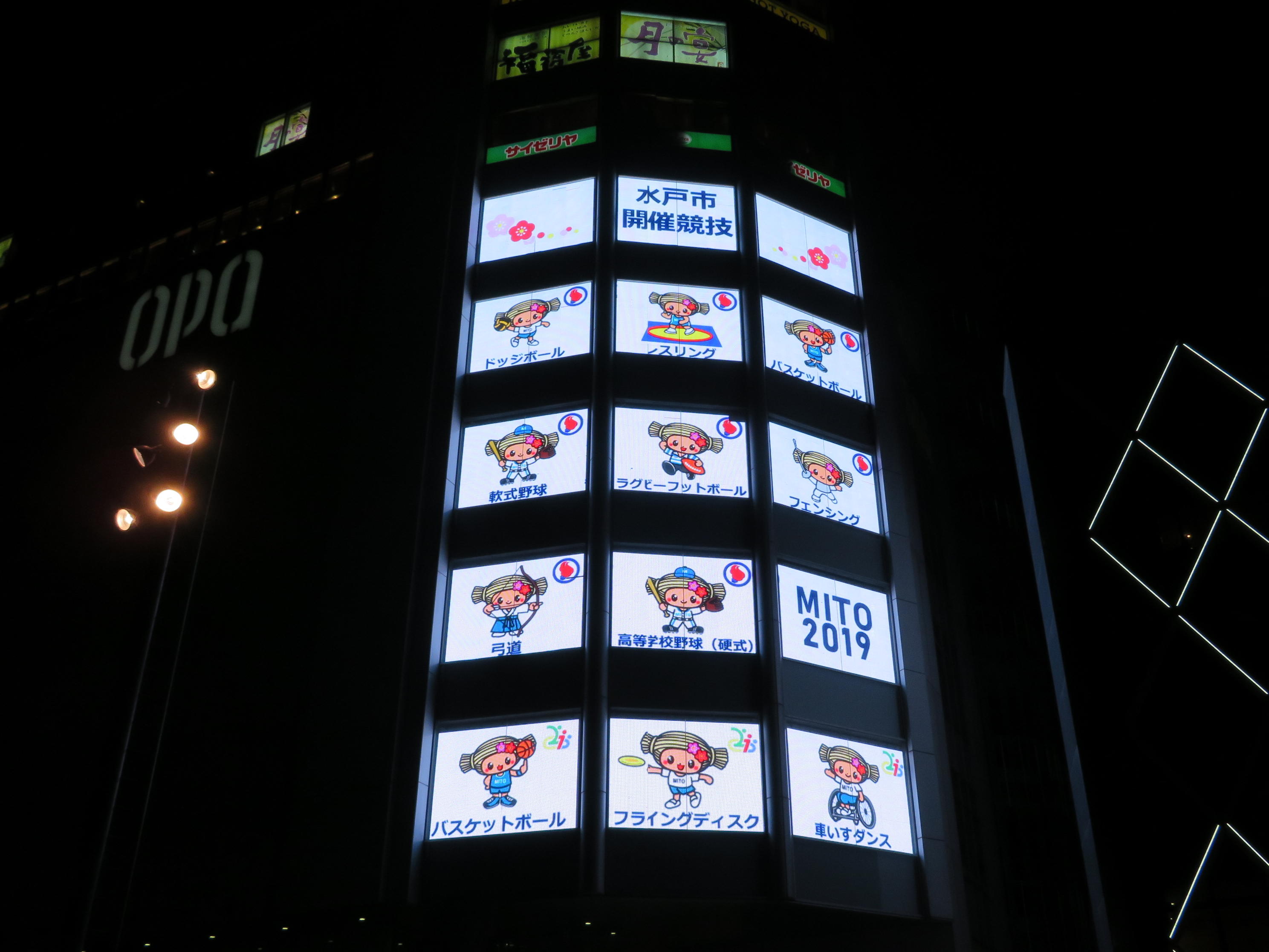
Oh yes, those map challenges! We have spent many a minute while travelling overseas standing in front of maps, feeling like our brains might just explode!
I like that you found the walking guide on location. Even after all our internet preparations there is still some unexpected exploration to be done .
Maps eh, Paula? Different cultures seem to have different attitudes to them don’t they. There’s one thing at least that seems to be common – most countries use some sort of red-you-are-here convention. I’m assuming you found that?
I think it’s rather nice that there’s unexpected exploration don’t you? It pays to allow some wriggle room for that I think.
Nice to hear from you – I will try to answer your lovely email.
That ‘art’ thingy in Mito reminds me very much of a thingy in Sydney – on the V where George Street and … Pitt St, I think, join. Up near that big bus-stop at the top of Broadway … Didn’t like that one, either. :\
The re-numbering of attractions on the maps sounds as if done to bewilder !
That water tower: would never appear on Grand Designs – not nearly enough challenge. 😀
Ibaraki’s MOMA sounds like fun: but I have never even seen our own (can’t bear what Melbourne has become and never go there).
Pickled plums.
Hmm.
It’s certainly a weird tower, M-R. I usually like different structures – they add interest to a cityscape, and get people talking. I think that’s worth almost more than how they look. Unfortunately it’s only open Friday, Saturday, Sunday so we couldn’t experience it from the inside!
I’m trying to work out the renumbering. I’m guessing they renumber to make number 1, for example, closest to where you are. We always photograph maps like this at the start in case we get lost. In the end it didn’t matter because they had so many maps, but it does make us laugh.
Haha, re the Water Tower. I didn’t even pick it as such, but Len thought that’s what it was (before we saw it marked on the map.)
Pickled plums are de rigeur here. Some are nicer that others to my mind. I like the less pickled tasting ones. Pickled food is supposed to be good for us ya know!
Love that pipe organ, that is drop-dead gorgeous.
Your time in art museums makes me wonder…
It’s not why you or any other tourist would go to Japan, but are there any art museums of international art? I’m thinking of their students interested in art other than Japanese art, is there anywhere they can go to see any of it?
At our NGV for example, they have pursued a deliberate policy of acquiring representative artworks from all over the world, so you can see a Russian icon, a gothic German altarpiece, ancient Chinese porcelain, or a Picasso. So for students who can’t afford overseas travel, there will almost certainly be something to cater for their field of study. (Or the field of interest of a dilettante like me).
Or are the Japanese with their high standard of living more likely to hop on a plane to see these other kinds of art? (I wish I’d thought of this question when you were staying with your Japanese friends).
Len loves organs too, Lisa , and wished weld been able to hear it, but the best we could experience was a video in the tearoom, where we assume intermission drinks are served.
Good question re the art. Because we don’t go to see western etc art we haven’t focused on this in our travels as you’ve guessed. However, the Mito Museum had two(!) (Renoir and Courbet) pieces, that I could see, on display from their collection, so they probably have others. They had some western sculptures in the foyer areas. The wonderful sculpture garden in Hakone is full of western sculptures. And Ueno Park which has many of Tokyo’s big museums has one called the National Museum of Western Art, which we have visited. Kanazawa’s 21st Century Museum of Modern Art focuses on post 1980 art and includes international artists. Oh, and there are the famous Monet waterlilies at the museum on Naoshima island. Seeing them was an amazing experience because of the building and the display aesthetic. I think this is important as many Japanese are not well off, and in fact get few holidays. I guess when we travel we see the exceptions not the rule.
Ah well, truth be told, most of us are not really interested to see The Real Asia, the Real Europe, or The Real Anywhere. It is as you say the exceptions that make travel interesting, though like you I do like a dash of ‘the real’ when I meet up with friends who live in my destination.
(What is often really nice is a good home-cooked meal, when you’ve been eating in restaurants for too long).
True, a home-cooked meal can be special, when you are travelling. Sometimes with restaurants, I just get decision fatigue… Where to tonight, and what do I feel like eating! It is sometimes hard to find something simple or plain, isn’t it.
We have just heard that our plane has left Austral a, but that tomorrow’s flight has been cancelled. Sounds like they plan to bring the plane back and let it stay there. That said we understand the typhoon has been downgraded, and we should get out easily before it reaches here.
I will definitely put Mito on my places to go in Japan and your account of the Tokugawa history of the place made it very accessible. The art of Takehisa was interesting with its Japanese and Western elements and that woman in the unconventionally relaxed kimono and her flapper style hair was intriguing. I definitely would have been drawn to that exhibition.
Mito has been an interesting pace Carolyn, and has helped me put some rusty history back into order!
Yes, I loved that image of that woman too. Well chosen for the banner I’d say. For the poster, they also had one of his more Nihonga-style (I’d say) pics.
PANCAKES. Were they fluffy???? That is all.
It was just one – and cold – but I believe it was of the fluffy style! Your Dad had it.